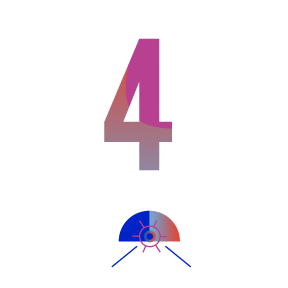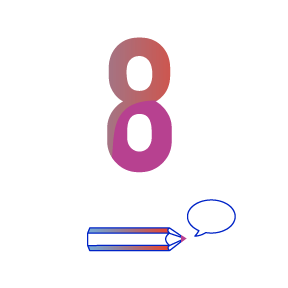a creative SCAFFOLDING for DESIGNING positive change
THE DISRUPTIVE DESIGN METHOD
At Disrupt, we use the Disruptive Design approach for all our workshops, projects and interventions, and we also teach the methodology through our educational initiative, The UnSchool of Disruptive Design.
Using a unique multi-disciplinary approach that combines expertise from design thinking, sociology, environmental sciences, cognitive sciences and systems thinking, our products and services transfer the knowledge and skills to use our highly productive methods and tools.
Developed by the Disrupt Design founder, Dr. Leyla Acaroglu, the applied method involves three key phases: Mining, Landscaping and Building. Combined, these are used as approaches for inquiry, discovery, and development in addressing complex real-world problems.
The method is based off a more in-depth 12-part methodology of several creative changemaking and science disciplines.
THE 12 PARTS OF THE DISRUPT DESIGN METHODOLOGY
SUSTAINABILITY
Explore approaches to integrating sustainability into decision making and tools such as life cycle thinking to help understand environmental and social impact.
SYSTEMS THINKING
Develop methods and approaches needed to map relationships and system dynamics, and see how they play out in a variety of different problem arenas.
MAKING CHANGE
Explore contemporary theories of change, modes in which one can intervene in change, and discover how to critically evaluate the ways change happens on macro and micro levels.
RESEARCH STRATEGIES
Critically investigate approaches to conducting research and collecting information for greater insight. We learn that research is experimentation in action. Apply action research and responsive feedback loops to develop creative solutions.
GAMIFICATION + GAME THEORY
Unpack the modes in which play and game theory effect and motivate action. Look at the bigger picture of games and gamification and the ways in which they can be used to effect change while unpacking intrinsic motivators such as pleasure, success and challenge.
COGNITIVE SCIENCE + BIASES
Investigate the latest in cognitive sciences, neurochemical influences, body connections, cognitive biases and social influencers. Learn how cognitive experiences and biases influence perceptions and actions.
ETHICS + EMPATHY
Explore the physiological and social experiences of empathy and how one can employ empathetic approaches to design. The critical role of ethics in decision making and action is also explored.
LANGUAGE, INFLUENCE + EFFECT
Explore systems of language, the history of framing, moral panics and discourse, semantics and semiotics. Gain an understanding of the social construction of influential communication and how to apply tactics to shift behaviors toward sustainable practices.
SYSTEMS INTERVENTIONS
The synthesis of all the components come together. Here we identify and build systems interventions, as well as design the vehicles in which these interventions can exist. Discover how to use a Theory of Change to plan out tactical interventions.
IDEATION + PROTOTYPING
Learn our rules of ideation and rapid creative development. Test ways of translating ideas into outcomes through prototyping in a variety of forms and formats.
SUSTAINABLE DESIGN + PRODUCTION
Implement eco-design and sustainable production practices in your work. Think through production and project evolution to build more sustainable solutions into the design of products, systems and services.
PROJECT ACTIVATION + AMPLIFICATION
Implement, amplify and activate interventions. Explore ways of putting things into the world, considering how they may evolve and develop contingency plans that allow for flexible, rapid adaptation.















